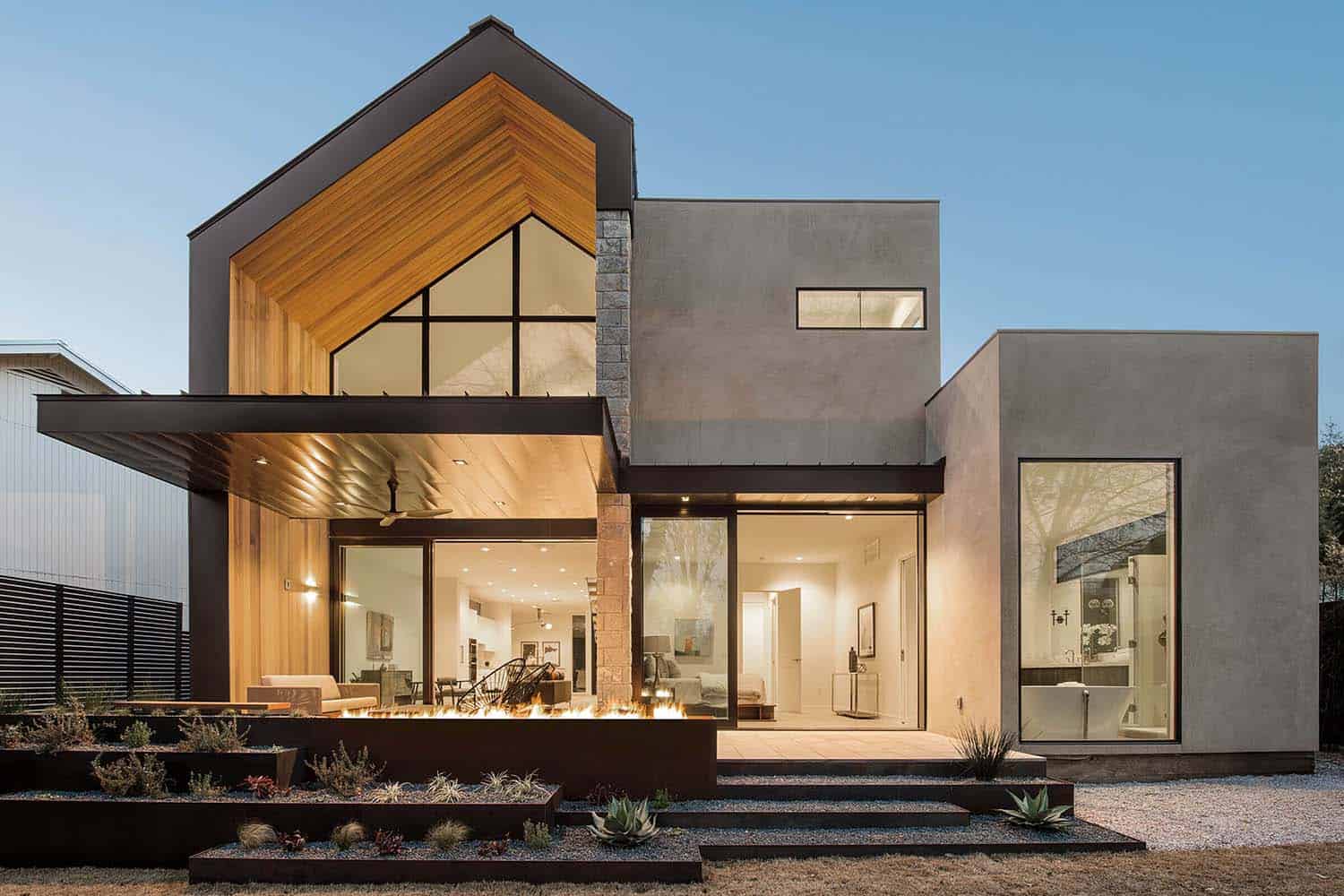
Scandinavian Architecture: The Art of Simplicity, Sustainability, and Harmony with Nature
Ditulis oleh Admin pada 9 April 2025
Key Principles of Scandinavian Architecture
1. Simplicity and Minimalism
Emphasizing clean lines and uncluttered spaces, Scandinavian architecture focuses on functionality without unnecessary ornamentation. This minimalist approach ensures that each design element serves a purpose, contributing to the overall harmony of the structure.
2. Natural Materials
The use of locally sourced materials such as wood, stone, and glass is prevalent. This not only reduces environmental impact but also creates a warm and inviting atmosphere that reflects the natural surroundings.
3. Connection with Nature
Designs often incorporate large windows and open spaces to maximize natural light and provide seamless transitions between indoor and outdoor environments. This principle fosters a sense of harmony with the landscape and enhances the occupants' well-being.
4. Energy Efficiency
Given the harsh Nordic climates, energy-efficient solutions are integral. Scandinavian architecture employs passive design strategies, high-quality insulation, and sustainable technologies to create comfortable living spaces that minimize energy consumption.
5. Comfort and Hygge
The concept of 'hygge,' a Danish term for coziness and comfort, is central to Scandinavian design. Interiors are crafted to evoke warmth and contentment, often featuring soft textiles, warm lighting, and functional furniture.
Notable Examples of Scandinavian Architecture
-
Kingo Houses, Denmark
Designed by Jørn Utzon in the 1950s, the Kingo Houses in Helsingør consist of 60 L-shaped homes arranged to harmonize with the natural terrain. Each unit features a private courtyard, exemplifying the integration of indoor and outdoor spaces. -
Oslo Opera House, Norway
Completed in 2008 by Snøhetta, this iconic structure resembles an iceberg emerging from the Oslofjord. Its sloping marble roof invites the public to walk and relax, blurring the lines between architecture and landscape. -
Stockholm City Hall, Sweden
Inaugurated in 1923 and designed by Ragnar Östberg, this building showcases National Romantic style with its use of traditional materials and craftsmanship, serving as a venue for the Nobel Prize banquet. -
Icelandic Turf Houses
These traditional dwellings, with their grass-covered roofs, demonstrate an early form of sustainable architecture, providing insulation and blending seamlessly with the environment. -
Vennesla Library, Norway
Designed by Helen & Hard Architects, this modern library features a series of glue-laminated timber arcs, creating a warm and inviting public space that reflects the community's values.
Incorporating Scandinavian Design into Modern Living
To embrace Scandinavian design principles in contemporary spaces, consider the following:
-
Neutral Color Palette
Utilize whites, grays, and muted tones to create a bright and airy atmosphere. -
Functional Furniture
Choose pieces that are both practical and aesthetically pleasing, emphasizing quality craftsmanship. -
Natural Elements
Incorporate materials like wood and stone, and add greenery to bring a touch of nature indoors. -
Maximize Natural Light
Opt for large windows and minimal window treatments to allow ample daylight to fill the space.
Conclusion
Scandinavian architecture continues to influence global design with its emphasis on simplicity, sustainability, and harmony with nature, offering timeless solutions that resonate with modern sensibilities
Komentar
Belum ada komentar. Jadilah yang pertama!